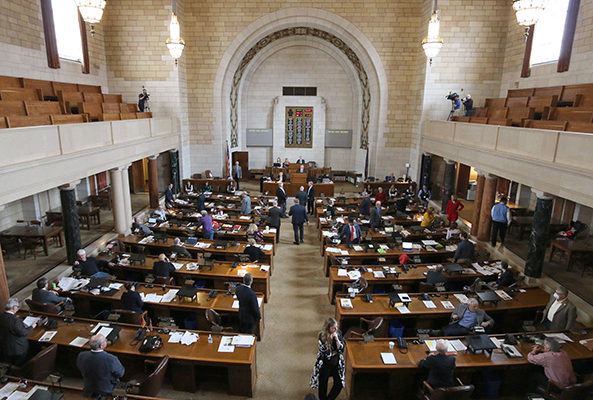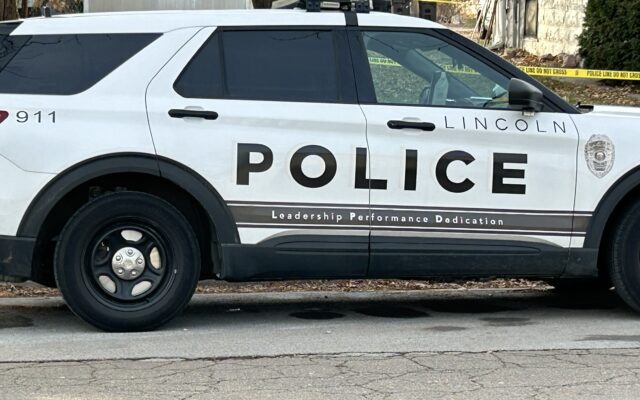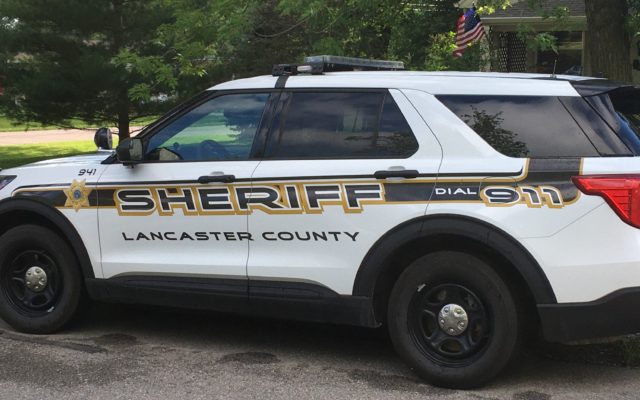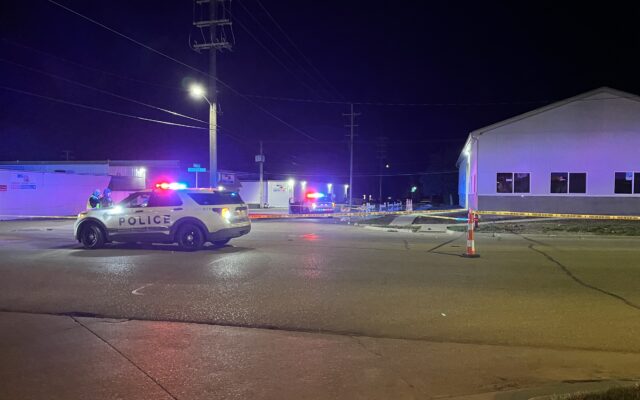New Legislative District Boundaries Change In Lincoln And Lancaster County

(KFOR NEWS September 30, 2021) A proposal establishing new boundaries for Nebraska’s 49 legislative districts was passed by lawmakers on Thursday.
LB3, introduced by the Redistricting Committee, makes several changes to legislative districts to account for an overall population shift from the western to the eastern part of the state.
Among other changes, the bill moves District 36 from central Nebraska to southwestern Sarpy County, encompassing Gretna and Springfield. Portions of the former district, which comprised Custer, Dawson and the northern part of Buffalo counties, are now part of districts 41, 43 and 44.
LB3 also shifts Banner and Kimball counties to District 48. Hooker, Thomas, McPherson and Logan counties move from District 43 to District 42.
The bill makes several changes to legislative districts in the city of Lincoln and Lancaster County.
The northern portion of District 25 that includes Waverly shifts to District 21. Another portion of District 25 that includes part of northeast Lincoln moves to District 2, which includes Cass County. District 30, which includes Gage County and a portion of southern Lancaster County, shifts to the east and now includes a portion of south Lincoln.
Among other changes in the Omaha metro area, a portion of northwestern Douglas County, including Valley, moves from District 39 to District 15, which includes Dodge County.
Lawmakers voted 37-7 to pass LB3, which takes effect immediately.
All six bills establishing Legislative, Congressional, Supreme Court, University of Nebraska, State Board of Education and Public Service Commission District boundaries were signed by the Governor today.
Following the close of the Special Session of the Legislature, Gavin Geis, a spokesman for Common Cause of Nebraska, issued the following statement:
Redistricting is the democratic process meant to deliver free and fair elections and the resources our communities deserve for the next ten years. That’s why every voter deserved to have a say in this process.
While we appreciate the public had the opportunity to be heard at several community hearings, we believe this process fell short when it came to fairness, transparency, and public participation. These maps will be in place for ten years and the state legislature approved them with little public input. Three hearings, before significant changes are made to draft maps, does not qualify as fair or transparent.
When redistricting is a community-led process, the outcome will be fair maps that benefit the voters, not the politicians. Sadly, that is not the case in this year’s redistricting cycle.
These maps have done nothing more than split our state along partisan lines with the goal of helping those in power win their next election. The way these maps have been drawn drowns out the voices of everyday Nebraskans who deserve to have a say in the major decisions that impact their lives.
We hope our state legislators remember that these maps don’t belong to elected leaders, they belong to the voters of Nebraska.
We are inspired by the Nebraskans who made their voices loud and clear for fair maps. We remain committed to our collective fight for a fair, transparent, and participatory democracy that invites everyone to have a say in the decisions that impact our daily lives. We look forward to continuing our work alongside voters to secure a government accountable to the people.
Mark McHargue, President of the Nebraska Farm Bureau, had this reaction:
“We appreciate the hard work of the Redistricting Committee and all 49 senators who came together to come up with the new redistricting maps during this Special Session. We also thank Governor Ricketts for his quick action in signing the redistricting bills.”
“We recognize there is an ongoing shift in population in our state from rural to urban population centers. With that in mind, our ask of the Legislature in the redistricting process was for the body to recognize the importance of maintaining rural voices in this effort, given the vital role agriculture and rural Nebraska play in our state. Agriculture is the largest driver of our state’s economy, generating one out of every four jobs with those jobs being located across Nebraska. While not perfect, we feel the results of the Legislature’s efforts largely respected our ask, for the betterment of our entire state. The fact that senators came together to reach an agreement so our state can move forward is positive. We look forward to working with all our elected leaders to help grow opportunities for all Nebraska.”
READ MORE: COVID Clinics, Booster Shots And Testing






